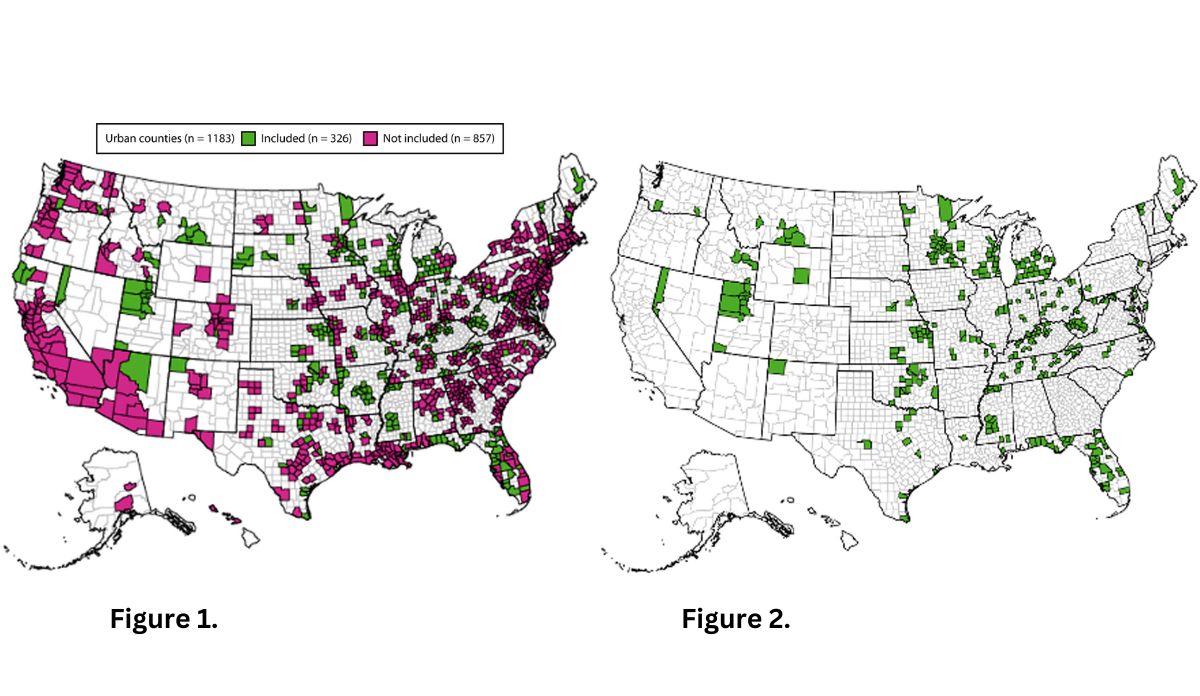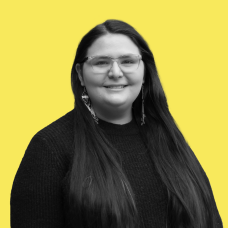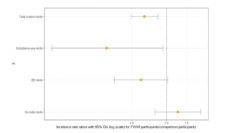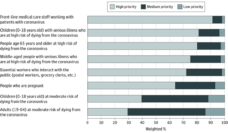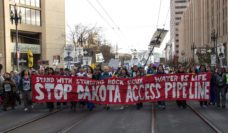In the first year of COVID-19, before vaccine rollouts, American Indian and Alaska Native (AI/AN) populations experienced higher rates of COVID-19 cases, hospitalizations, and deaths than White populations. In response, many Native organizations led public health efforts to close this gap. As a result, by September 2021, 48% of Native residents had been vaccinated, one of the highest rates among racially defined groups.
Most studies that analyze COVID-19 within AI/AN populations tend to focus on rural communities. Yet, according to the U.S. Census, 78% of AI/AN individuals live in urban areas. Dornell Pete and colleagues used COVID-19 surveillance data to assess inequalities in COVID-19 cases among Indigenous populations living in urban areas. This study separated cases into pre-vaccine and post-vaccine groups to compare infection rates.
The map in Figure 1 shows the urban counties with confirmed Covid-19 cases in the pre-vaccination period (January 22, 2020–October 19, 2021). Urban counties with AI/AN residents are highlighted in green, and counties without Native residents are in pink. AI/AN people were 1.9 times more likely to have COVID-19 than White people during this timeframe.
Figure 2 includes the 322 urban counties with five or more Covid-19 cases among AI/AN residents for both the pre-vaccination and post-vaccination periods. For the post-vaccination period, the rate of COVID-19 among AI/AN persons was 1.3 times greater than the rate among White populations.
The researchers determined that the high vaccination rates within these Indigenous populations—the result of Native-led efforts—considerably reduced serious COVID-19 infections.
Pete notes that due to high percentages of unknown or missing COVID-19 health outcome data among AI/AN residents, more in-depth analysis regarding COVID-19 hospitalizations, ICU admissions, underlying health conditions, and deaths is needed. Public health efforts by Native organizations are important in cities as well as in the countryside.
Databyte via Dornell Pete, et al. COVID-19 Among Non-Hispanic American Indian and Alaska Native People Residing in Urban Areas Before and After Vaccine Rollout—Selected States and Counties, United States, January 2020–October 2021. American Journal of Public Health, 2022.









